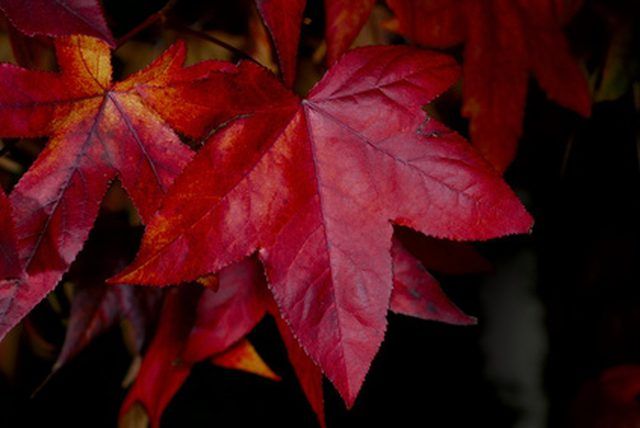Bulbs
Flower Basics
Flower Beds & Specialty Gardens
Flower Garden
Garden Furniture
Garden Gnomes
Garden Seeds
Garden Sheds
Garden Statues
Garden Tools & Supplies
Gardening Basics
Green & Organic
Groundcovers & Vines
Growing Annuals
Growing Basil
Growing Beans
Growing Berries
Growing Blueberries
Growing Cactus
Growing Corn
Growing Cotton
Growing Edibles
Growing Flowers
Growing Garlic
Growing Grapes
Growing Grass
Growing Herbs
Growing Jasmine
Growing Mint
Growing Mushrooms
Orchids
Growing Peanuts
Growing Perennials
Growing Plants
Growing Rosemary
Growing Roses
Growing Strawberries
Growing Sunflowers
Growing Thyme
Growing Tomatoes
Growing Tulips
Growing Vegetables
Herb Basics
Herb Garden
Indoor Growing
Landscaping Basics
Landscaping Patios
Landscaping Plants
Landscaping Shrubs
Landscaping Trees
Landscaping Walks & Pathways
Lawn Basics
Lawn Maintenance
Lawn Mowers
Lawn Ornaments
Lawn Planting
Lawn Tools
Outdoor Growing
Overall Landscape Planning
Pests, Weeds & Problems
Plant Basics
Rock Garden
Rose Garden
Shrubs
Soil
Specialty Gardens
Trees
Vegetable Garden
Yard Maintenance
How to Plant a Japanese Laceleaf Maple Tree
How to Plant a Japanese Laceleaf Maple Tree. The Japanese laceleaf maple tree (Dissectum) is a hardworking contribution to the landscape with its autumn foliage display. The laceleaf maple is hardy in USDA zones 5B through 8 and there are countless stunning Dissectums to choose from in a wide range of sizes and leaf color. They are simple to plant...

The Japanese laceleaf maple tree (Dissectum) is a hardworking contribution to the landscape with its autumn foliage display. The laceleaf maple is hardy in USDA zones 5B through 8 and there are countless stunning Dissectums to choose from in a wide range of sizes and leaf color. They are simple to plant and care for.
Things You'll Need
Bucket
Shovel
Spading fork
Water source
Mulch
Planting a Laceleaf Japanese Maple
Select an appropriate planting site for the variety of laceleaf to be planted. Dissectums are available from a small mounding shrub-like tree to ones with ultimate heights of 15 feet with a spread of 20 feet. If the local climate is hot and dry, choose a site with morning sun and afternoon shade. If weather tends to have frequent cloud cover, such as in a maritime zone, choose all day sun.
Water the tree in its pot thoroughly. Turn the potted maple on its side and slap the bottom of the pot to loosen it from the container. Gently pull on the trunk to ease it out, placing it in a bucket of water to hydrate the root-ball for an hour before planting.
Dig a planting hole to the depth of the potted laceleaf maple but five times the width. The maple has an extensive fibrous root system that will spread out widely. Flood the planting hole with water to judge whether it will drain. Maples like an acidic, well-drained, sandy loam soil and if planted in a clay site with poor drainage, it will not thrive. If the hole does not drain, either select a new site or consider a raised bed planting.
Scrape the sides and bottom of the hole with the spading fork. This allows roots easier penetration into the surrounding soil.
Lift the Japanese maple from the bucket, straightening out bound roots. Place in the center of the planting hole, spreading out the roots. Do not plant any deeper than it was in its pot. Pull back the excavated soil around the tree, tamping down with hands. Water to fill in air pockets around the roots gently, rather than stomping with feet. Water regularly the first year.
Spread well-rotted mulch around the maple tree to a depth of four to six inches. Use a decomposed acidic based mulch such as ground bark, sawdust or pine needles. This will help retain moisture, control weeds, and provide nutrients to the tree. The laceleaf maple rarely requires fertilizer and the acidic mulch is a sufficient food source. Reapply annually.

Tips & Warnings
Mulch available for rhododendrons is an ideal selection for Japanese maples and is available at garden centers.
In the hot and dry southern reaches of the tree's growing zones, it may suffer from leaf burn if planted in full sun. It will not achieve its vivid autumn foliage display due to the direct sun. Plant in partial shade in these climatic conditions.